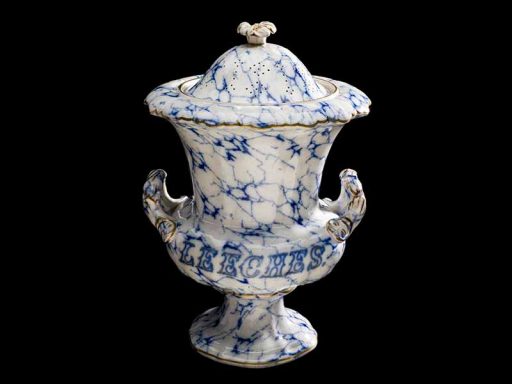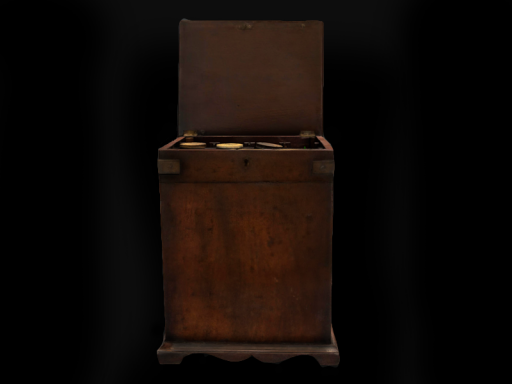
Curriculum links
About this object
This device, used in operating theatres in the 1870s and 1880s, filled the air with a pungent, yellow mist of an antiseptic called carbolic acid. British surgeon Joseph Lister invented it, hoping it would kill airborne bacteria, reducing the chance of infection during surgery. Lister had begun experimenting with carbolic acid in 1865 – applying it directly to wounds, bandages and surgical equipment – after hearing it was used to treat sewage. Infection rates following his operations had dropped dramatically. The spray was less effective than applying carbolic acid directly, and it was unpleasant to use, causing skin and respiratory problems for the surgeons, who were reluctant to use it. However, the benefits of antiseptics were clear, and surgery became much safer.
Antiseptics Today
People still use antiseptics to prevent and treat bacterial infections on their body. Other antibacterial products include antibiotics (which work inside the body) and disinfectants (which are used on surfaces such as floors). However, antiseptics are no longer used during surgical operations. Instead, operations are always performed under aseptic (germ-free) conditions.
Learn more about this object on the SMG Collections website.
Learn more about Lister’s antisepsis system on the Science Museum website.
Discussion questions
- How would you convince a reluctant 1870s doctor to use this new technology?
- Think of areas in your school where bacteria might cause problems. How could you control the spread of bacteria there?
- Lister’s spray caused unpleasant unwanted effects. Can you think of examples from modern life when cures might have some side-effects?



